Concept
Alternate Profiles
Different views and formats:
Alternate Profiles ?Profiles (alternative information views) encoded in various Media Types (HTML, text, RDF, JSON etc.) are available for this resource.
- Preferred Labelskos:prefLabel
OGC Testbed-17: UML Modeling Best Practice Engineering Report
- URI
- http://www.opengis.net/def/docs/21-031 ↗Go to the persistent identifier link
- Within Vocab
- OGC Documents
| Definitionskos:definition | This OGC Best Practice provides readers with guidance on how to use the Unified Modeling Language (UML) within the scope of OGC work. Recently there has been a move to a resource-based approach for OGC Application Programming Interface (API) definition through the OpenAPI Specification and away from the service-based approach specified in OGC Web Service (OWS) standards. Previously, the interface definitions were almost exclusively XML based, therefore models described using UML class diagrams and conceptual models in general simply mapped 1:1 to derive the XML schema. Using API resources has resulted in the possibility of deriving multiple target technologies from a single standard and therefore, UML model. An additional point of discussion within the OGC is the value added by conceptual modeling using UML. Models included in OGC Standards vary from diagrams only, to conceptual models and model fragments all the way through to Model Driven Architecture (MDA) where UML models are used to directly derive implementable artifacts such as schemas. UML has been the main modeling language of choice within the OGC, although up until now, there has been little guidance within the OGC on appropriate use of UML. These Best Practices do not seek to govern the use of UML within the OGC as it is recognized that UML is a flexible language that has applications beyond the current OGC doctrine. However, the practices seek to provide guidance to assist in adherence to the following principles: Correctness — Adherence to the Object Management Group (OMG) UML standard. Consistency — UML artifacts should be consistent across OGC Standards and with supporting standards such as those specified by ISO/TC 211. FAIRness — Findable, Accessible, Interoperable and Reusable models. Value — Any modeling done, UML or otherwise, should add value to the parent standard. That is, the modeling should do work for the community that is not done elsewhere. The Practices are as follows: Practice 1: UML models should follow the OMG UML 2.5.1 Standard ratified in 2017. Practice 2: OGC Conceptual Models should be represented as UML Class diagrams. Practice 3: OGC Conceptual Models should be platform independent. Practice 4: OGC Conceptual Models should use concepts consistently across standards. Practice 5: OGC Standards should contain a UML model at least at the conceptual level of detail. Practice 6: UML models in OGC Standards should add value. Practice 7: UML models should describe structure in the engineering process. Practice 8: Modeling artifacts should be provided in full. Practice 9: UML models should at least be consistent with supporting text, but ideally normative. Practice 10: UML tooling should produce interoperable artifacts. Practice 11: UML can be used for modeling semantics, although there are other technologies that are more appropriate. Practice 12: OGC UML models should be machine readable (i.e. available in XMI format, in addition to the format of the UML Editor used to create the model). |
|---|---|
| Broaderbroader | Public Engineering Report |
| http://purl.org/dc/terms/createdcreated | 2022-02-08 |
| Creatorcreator | Sam Meek |
| seeAlsoseeAlso | https://docs.ogc.org/per/21-031.html |
| Status of item in register or collectionstatus | valid |
| Notationnotation | 21-031 |
| Alternative LabelaltLabel | 21-031 |
| UML Modeling Best Practice Engineering Report | |
| OGC document typedoctype | Public Engineering Report |
